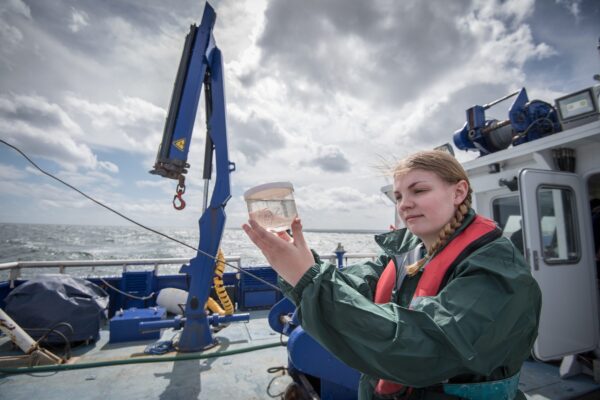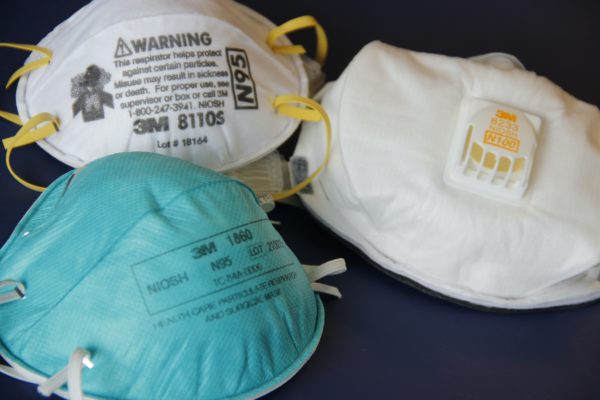Nearly century-old studies of marine plankton and the rise of manmade chemicals found in the ocean could be used to measure the impact on human activity on ecosystem health as well as study chronic illnesses, according to a study published Friday by UC San Diego researchers.
The findings, published in the Jan. 6 issue of the journal Science of the Total Environment, suggest the data may one day be used to study the connections between ocean pollution and land-based rates of childhood and adult chronic illnesses.
“This was a pilot study to test the feasibility of using archived samples of plankton from the Continuous Plankton Recorder Survey to reconstruct historical trends in marine pollution over space and time,” senior author Dr. Robert K. Naviaux, UCSD School of Medicine professor, said in a statement. “We were motivated to explore these new methods by the alarming increase in childhood and adult chronic disease that has occurred around the world since the 1980s.”
Based in the United Kingdom, the CPR Survey is the longest running, most geographically extensive marine ecology survey in the world. Since 1931, nearly 300 ships have traveled more than 7.2 million miles towing sampling devices that capture plankton and environmental measurements in all of the world’s oceans, the Mediterranean, Baltic and North seas and in freshwater lakes.
“Can manmade chemicals in plankton be used as a barometer to measure changes in the global chemosphere that might contribute to childhood and adult illness?” Naviaux asked. “Stated another way, we wanted to test the hypothesis that the rapid turnover and sensitivity to contamination of plankton might make them a marine version of the canary in the coal mine.”
According to a statement from the university, the effort is intended to document and monitor the general health of oceans, based upon the well-being of marine plankton.
Naviaux, co-corresponding author Kefeng Li, a project scientist in Naviaux’s lab, and colleagues evaluated plankton specimens taken from three different locations in the North Pacific at different times between 2002 and 2020, then used a variety of technologies to assess their exposure to different manmade chemicals, including pharmaceuticals, industrial chemicals, pesticide, chemicals derived from plastics and personal care products.
Many of these pollutants have decreased in amount over the past two decades, the researchers found, but not universally, and often in complex ways. For example, analyses suggest levels of industrial chemicals and the common antibiotic amoxicillin have broadly declined in the North Pacific Ocean over the past 20 years, perhaps in part from increased federal regulation and a decrease in overall antibiotic use in the United States and Canada, but the findings are confounded by coinciding increases in use in Russia and China.
The most polluted samples were taken from nearshore areas closest to human activity and subject to events such as runoff and aquaculture.
“Follow-up studies by epidemiologists and marine ecologists are needed to test if and how the plankton exposome correlates with important medical trends in nearby human populations like infant mortality, autism, asthma, diabetes and dementia,” Naviaux said.
Naviaux noted the findings present new clues to explaining the nature of many chronic diseases in which phases of the cell danger response persist, leading to chronic symptoms.
For more than a decade, Naviaux and colleagues have posited that data suggests numerous diseases and chronic illnesses — from neurodevelopmental disorders like autism spectrum disorder and neurodegenerative disorders like ALS to cancer and major depression — are at least partly the consequence of dysfunction that results in incomplete healing, characterized as cell danger response.
“The purpose of CDR is to help protect the cell and jump-start the healing process after injury, by causing the cell to harden its membranes, decrease and change its interaction with neighbors, and redirect energy and resources for defense until the danger has passed,” Naviaux said. “But sometimes, the CDR gets stuck. This prevents completion of the natural healing cycle, altering the way the cell responds to the world.”
He said he hopes the work will spur other research into the connection between ecosystem health and human health.







